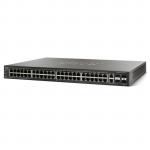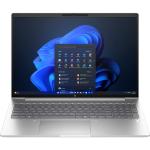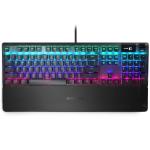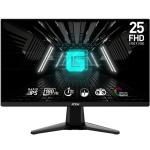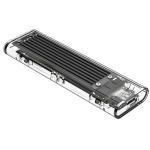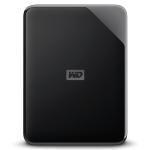Cisco 500 Series SG500-52 Stackable L3 Managed Switch, 48 Ports GbE, 2 Ports Combo RJ-45 or SFP, 2 Ports 1G/5G SFP, Limited Lifetime Warranty
Out of stock
Cisco 500 Series SG500-52 Stackable L3 Managed Switch, 48 Ports GbE, 2 Ports Combo RJ-45 or SFP, 2 Ports 1G/5G SFP, Limited Lifetime Warranty
- Brand: Cisco
- MPN: SG500-52-K9-AU
- Part #: SWHCIS1926477
- UPC: 882658425097
- Brand: Cisco
- MPN: SG500-52-K9-AU
- Part #: SWHCIS1926477
- UPC: 882658425097
Features
Specifications
Reviews
Delivery & Pick-up
Returns & Warranty
Popular Switches
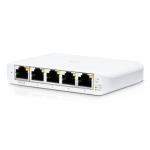



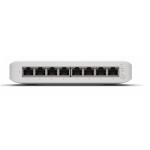
Cisco 500 Series SG500-52 Stackable L3 Managed Switch, 48 Ports GbE, 2 Ports Combo RJ-45 or SFP, 2 Ports 1G/5G SFP, Limited Lifetime Warranty
- Brand: Cisco
- MPN: SG500-52-K9-AU
- Part #: SWHCIS1926477
- UPC:882658425097
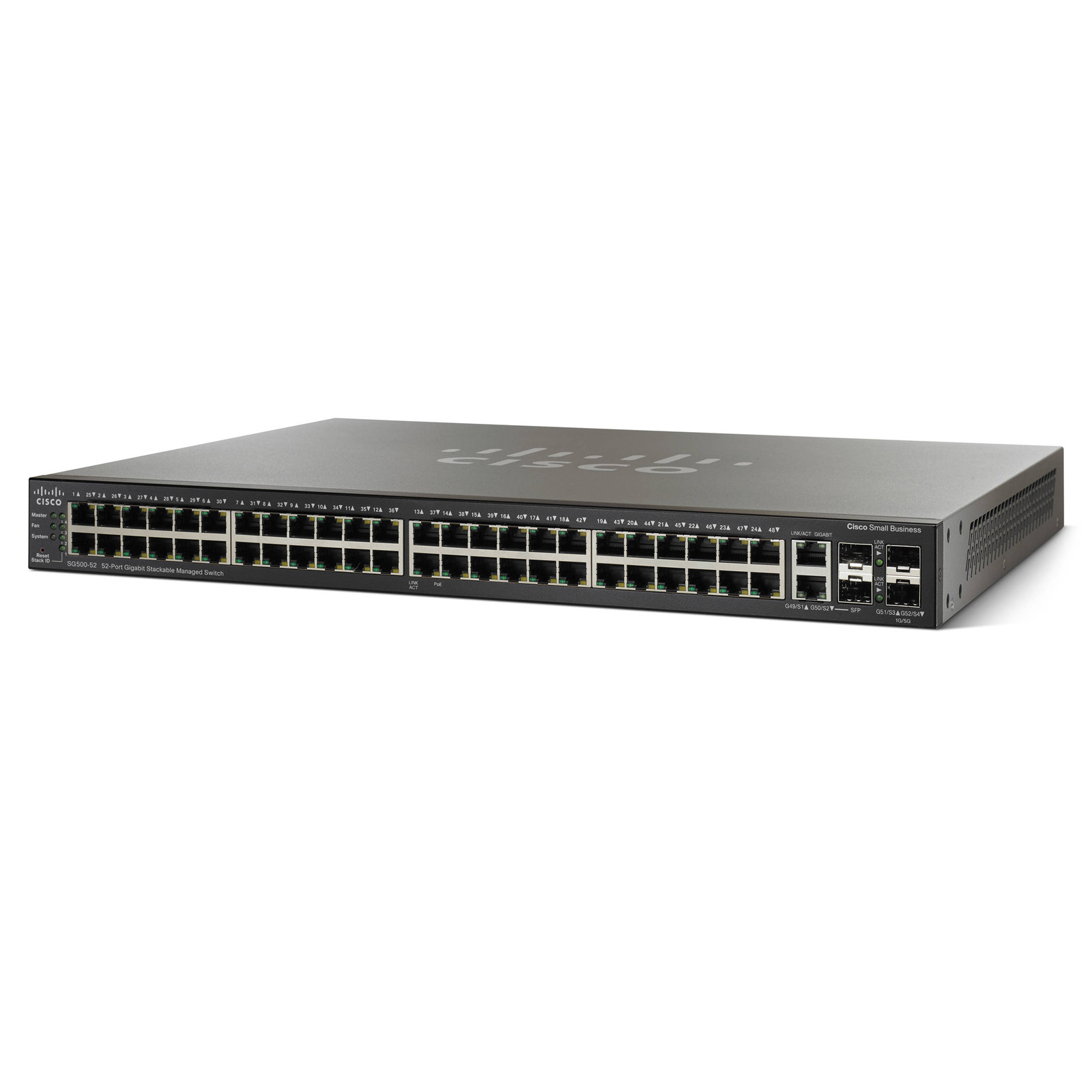
Product URL: https://www.pbtech.com/pacific/product/SWHCIS1926477/Cisco-500-Series-SG500-52-Stackable-L3-Managed-Swi
Features
With 48 Gigabit Ethernet ports and 4 Gigabit Ethernet combo ports, the 500 Series 52-Port Gigabit Ethernet Stackable Managed Switch from Cisco is designed to be the workhorse of your network. Each of the 48 Gigabit Ethernet ports offers enhanced data transfer rates to ensure business applications have the necessary bandwidth to operate smoothly. This 500 Series Cisco switch features a 120 Gbps switching capacity along with 77.38 Mpps data transfer capacity. Inside the 52-port Gigabit switch you will find 256 MB of 800 MHz ARM CPU memory along with 32 MB flash memory to ensure smooth operation while the built-in LED indicators show the status of LED power savings, system, link/act, and speed. With a simple-to-use graphical interface, this 500 Series Cisco switch is easy to deploy and manage. Additionally, admins can take advantage of the switch's ability to detect network devices and configure a variety of network settings automatically. To expand outside the confines of the 52 ports on this switch, the unit can be stacked, making it easy to configure, manage, and troubleshoot all switches as a single unit.
Easy Deployment and Use
Simple-to-use graphical interfaces reduce the time required to deploy, troubleshoot, and manage the network and allow you to support sophisticated capabilities without increasing IT head count. The switch also supports Textview, a full command-line interface (CLI) option for partners that prefer it. Using Auto Smartports intelligence, the switch can detect a network device connected to any port and automatically configure the optimal security, Quality of Service (QoS), and availability on that port. Cisco Discovery Protocol (CDP) discovers Cisco devices and allows devices to share critical configuration information, simplifying network setup and integration.
Support for Simple Network Management Protocol (SNMP) allows you to set up and manage your switches and other Cisco devices remotely from a network management station, improving IT workflow and mass configurations. The Cisco FindIT utility, which works through a simple toolbar on the user's Web browser, discovers Cisco devices in the network and displays basic information, such as serial numbers and IP addresses, to aid in configuration and deployment.
High Reliability and Resiliency
The stackable switches eliminate downtime and improves network resiliency. For example, if a switch within a Cisco 500 series stack fails, another switch immediately takes over, keeping your network up and running. You can also replace individual devices in the stack without taking your network offline or affecting employee productivity. The Cisco 500 also supports dual images, allowing you to perform software upgrades without having to take the network offline or worry about the network going down during the upgrade.
Simplified IT Operation
The Cisco 500 helps optimize your IT operations with built-in features that simplify and streamline day-to-day network operation. True stacking allows you to troubleshoot, configure, and manage multiple physical switches as a single entity. Unlike other stacking switches that require uniform configurations, the Cisco 500 allows you to mix Fast Ethernet, Gigabit Ethernet, and 10 Gigabit Ethernet models in a single stack, providing total flexibility without sacrificing manageability. Cisco switch uses common chipsets/software across all switching portfolios, so all Cisco switch within a category support the same feature set, making it easy to manage and support all switches across the network.
True Stacking
Cisco 500 provides true stacking capability, allowing you to configure, manage, and troubleshoot all switches in a stack as a single unit, with a single IP address. A true stack delivers a unified data and control plane, in addition to a management plane, providing flexibility, scalability, and ease of use since the stack of units operate as a single entity constituting all the ports of the stack members. This capability can radically reduce complexity in a growing network environment while improving the resiliency and availability of network applications. True stacking also provides other cost savings and administrative benefits through features such as cross-stack QoS, VLANs, and port mirroring, which clustered switches cannot support.
Security
Embedded Secure Sockets Layer (SSL) encryption protects management data traveling to and from the switch.
Extensive access control lists (ACLs) restrict sensitive portions of the network to keep out unauthorized users and guard against network attacks.
Guest VLANs let you provide Internet connectivity to nonemployee users while isolating critical business services from guest traffic.
Support for advanced network security applications such as IEEE 802.1x port security tightly limits access to specific segments of your network. Web based authentication provides a consistent interface to authenticate all types of host devices and operating systems, without the complexity of deploying IEEE 802.1x clients on each endpoint.
Advanced defense mechanisms, including dynamic Address Resolution Protocol (ARP) inspection, IP Source Guard, and Dynamic Host Configuration Protocol (DHCP) snooping, detect and block deliberate network attacks. Combinations of these protocols are also referred to as IPMB (IP-MAC- port binding).
IPv6 First Hop Security extends the advanced threat protection to IPv6. This comprehensive security suite includes ND inspection, RA guard, DHCPv6 guard, and neighbor binding integrity check, providing unparalleled protection against a vast range of address spoofing and man in the middle attack on IPv6 networks.
Time based ACLs and port operation restrict access to the network during pre-designated times, such as business hours.
Uniform MAC address-based security can be applied automatically to mobile users as they roam between wireless access points.
Secure Core Technology (SCT) helps ensure that the switch is able to process management traffic in the face of a denial of service attack.
Private VLAN Edge (PVE) provides Layer 2 isolation between devices on the same VLAN.
Storm control can be applied to broadcast, multicast, and unknown unicast traffic.
Protection of management sessions using Radius, TACACS+ and local database authentication as well as secure management sessions over SSL, SSH, and SNMPv3.
DoS (Denial-of-Service) attack prevention maximizes network uptime in the presence of an attack.
Networkwide Automatic Voice Deployment
Using a combination of CDP, LLDP-MED, auto smartports, and VSDP (Voice Services Discovery Protocol), customers can deploy an end-to-end voice network. The switch in the network automatically converge around a single voice VLAN and QoS parameters and then propagate it out to the phones on the ports where it is discovered. For example, automated voice VLAN capabilities let you plug an IP phone (including third-party phones) into your IP telephony network and receive an immediate dial tone. The switch automatically configures the device with the right VLAN and QoS parameters to prioritize voice traffic.
IPv6 Support
As the IP address scheme evolves to accommodate a growing number of network devices, the Cisco 500 can support the transition to the next generation of networking and operating systems such as Windows 7, Vista, and Linux. This switch continues to support previous-generation IPv4, allowing you to evolve to the new IPv6 standard at your pace, and helping ensure that your current network will continue to support your business applications in the future. Cisco 500 has completed IPv6 testing and received the USGv6 and IPv6 Gold certification.
Advanced Layer 3 Traffic Management
The Cisco 500 enables an advanced set of traffic management capabilities to help growing businesses organize their networks effectively and efficiently. For example, the switches provide static LAN Layer 3 routing, allowing you to segment your network into workgroups and communicate across VLANs without degrading application performance. With these capabilities, you can enhance the efficiency of your network by offloading internal traffic-handling tasks from your router and allowing it to manage primarily external traffic and security.
Power Efficiency
The Cisco 500 integrates a variety of power-saving features, providing the industry's extensive energy-efficient switching portfolio. The switch is designed to conserve energy by optimizing power use, which helps protects the environment and reduce your energy costs. It provides an eco-friendly network solution without compromising performance.
The support for the Energy Efficient Ethernet (IEEE 802.3az), reduces energy consumption by monitoring the amount of traffic on an active link and putting the link into a sleep state during quiet periods. It also features application-specific integrated circuits (ASICs), which use low-power 65-nanometer technology and low-power high-performance ARM CPUs. The switch features automatic power shutoff on ports when a link is down, LEDs can be turned off to save power, and embedded intelligence to adjust signal strength based on the length of the connecting cable.
Expandability
The Cisco 500 offers 1G and 1G/5G Ethernet expansion slots. As your business adds applications, devices, and more bandwidth, you retain the flexibility to expand and interconnect your network infrastructure intelligently and efficiently, and reduce bottlenecks.
Specifications
Performance
Throughput
77.38 Mp/s (64-byte packets)
Switching Capacity
120 Gb/s
Ports
48 x Gigabyte Ethernet (RJ-45)
2 x Combo Gigabyte Ethernet
2 x 1 G/5 G SFP
Flash Memory
32 MB
RAM
256 MB
CPU
800 MHz ARM
Packet Buffer
2 x 8 Mb
Power
Power Input
100 to 240 V 47 to 63 Hz, internal, universal
Power Efficiency
Energy Detect: Automatically turns power off on Gigabit Ethernet RJ-45 port when detecting link down. Active mode is resumed without loss of any packets when the switch detects the link is up
Supports IEEE 802.3az on all Gigabit copper ports
LEDs can be manually turned off to save on energy
Cable Length Detection
Adjusts the signal strength based on the cable length
Reduces the power consumption for cable shorter than 10m
Supported on Gigabit Ethernet models
Power Consumption
Green Power Mode: EEE + Short Reach + Energy Detect
Heat Dissipation
147.7 BTU/hr
General
System Requirements
Web Browser: Mozilla Firefox version 8 or later, Microsoft Internet Explorer version 7 or later, Safari, and Chrome
TCP/IP, network adapter, and network operating system (such as Microsoft Windows, Linux, or Mac OS X) installed
Buttons
Reset button
Cabling Type
Unshielded twisted pair (UTP) Category 5 or better
Fiber options (SMF and MMF)
Coaxial SFP+ for stacking purposes
LED Indicators
LED power savings, System, Link/Act, and Speed
Certification
UL (UL 60950), CSA (CSA 22.2), CE mark, FCC Part 15 (CFR 47) Class A
Fans
4 x Fans (5000 rpm)
Acoustic Noise
41.3 dB
Operating Temperature
32 to 122°F (0 to 50°C)
Storage Temperature
-4 to 158°F (-20 to 70°C)
Operating Relative Humidity
10 to 90% (non-condensing)
Storage Relative Humidity
10 to 90% (non-condensing)
MTBF
At 122°F (50°C): 154,250.1 hours
Dimensions (W x H x D)
17.32 x 1.73 x 10.11" (440.00 x 44.00 x 257.00 mm)
Weight
8.11 lb (3.95 kg)

